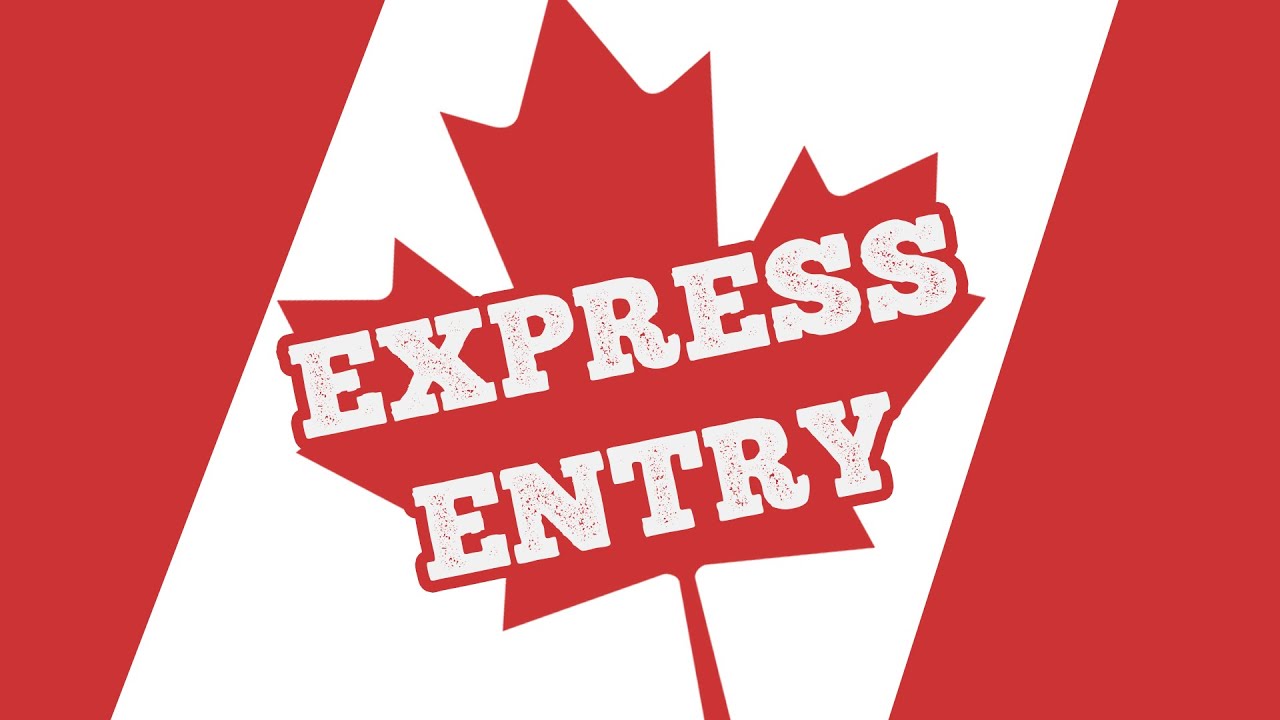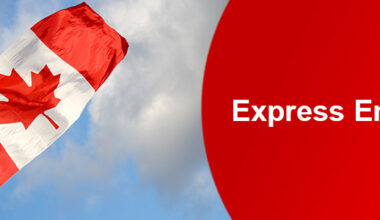Immigration Minister Lena Metlege Diab has overseen her first Express Entry draw since taking office, with Immigration, Refugees and Citizenship Canada (IRCC) issuing 277 Invitations to Apply (ITAs) to Provincial Nominee Program candidates on June 2, 2025. This marks the beginning of what many expect to be a new chapter in Canada’s immigration selection approach under the Carney government.
The Numbers Behind the Draw
The June 2 draw focused exclusively on candidates who had already received provincial nominations, requiring a minimum Comprehensive Ranking System (CRS) score of 726 points. To be eligible, candidates needed to have created their Express Entry profiles before September 24, 2024 – indicating the ongoing preference for candidates with established presence in the Express Entry pool.
With the additional 600 points that come with a provincial nomination, the actual base CRS scores for successful candidates would have been around 126 points – highlighting how provincial nominations continue to be the most reliable pathway to Express Entry selection.
Express Entry Trends Under New Leadership
Since the beginning of 2025, IRCC has issued 34,717 ITAs across various draw types, with a clear pattern emerging that reflects the government’s strategic priorities:
| Draw Type | Number of Draws | Total ITAs |
|---|---|---|
| Provincial Nominee Program (PNP) | 9 | 4,863 |
| Canadian Experience Class (CEC) | 4 | 9,850 |
| French-language proficiency | 3 | 18,500 |
| Healthcare and social services | 2 | 1,000 |
| Education | 1 | 1,000 |
What This Draw Signals About Immigration Policy Direction
The June 2 draw being a PNP-focused selection is significant for several reasons, particularly as it represents the first under Minister Diab’s leadership.
Continued Provincial Partnership
“This draw reinforces the government’s commitment to working closely with provinces in immigration selection,” explains Dr. Jennifer Park, an immigration policy analyst. “Provincial nominees have demonstrated both the skills Canada needs and the intention to settle in specific regions.”
The emphasis on PNP candidates aligns with Prime Minister Carney’s mandate letter emphasis on working “in true partnership with provinces and territories” on immigration matters.
Smaller Draw Sizes Signal Selectivity
At 277 ITAs, this represents one of the smaller PNP draws in recent months, suggesting a more measured approach to immigration selection. This reflects the government’s broader goal of maintaining “sustainable” immigration levels while still meeting economic needs.
The CRS System: Why These Numbers Matter
The CRS threshold of 726 points might seem high, but it’s important to understand what this really means for candidates:
Base Score Reality: Since provincial nominees receive 600 additional points, successful candidates in this draw needed base scores of only around 126 points to qualify.
Accessibility for Provincial Nominees: This demonstrates that provincial nomination remains the most accessible pathway for candidates with moderate CRS scores.
Skills-Based Selection: The CRS system continues to prioritize candidates based on factors proven to predict success in Canada’s labor market: age, education, language proficiency, and work experience.
Regional Impact: Which Provinces Are Nominating
While specific provincial breakdowns aren’t provided in draw results, recent trends show strong nomination activity from:
Ontario: Continues to lead in nomination volumes, particularly for tech workers and healthcare professionals
British Columbia: Strong focus on skilled workers in high-demand occupations
Alberta: Increased activity targeting workers in energy and technology sectors
Atlantic Provinces: Coordinated approach through Atlantic Immigration Program
Prairie Provinces: Targeting specific skill sets to address regional labor needs
Looking at the Broader 2025 Pattern
The June 2 draw continues several notable trends in 2025’s Express Entry landscape:
1. Category-Based Selection Dominance
Gone are the days of frequent all-program draws. Instead, IRCC has focused on targeted selections that align with specific economic priorities:
- Healthcare professionals: Two dedicated draws addressing critical shortages
- French-speakers: Three large draws supporting bilingual immigration goals
- Provincial nominees: Nine draws leveraging provincial expertise in candidate selection
- Canadian experience holders: Four draws prioritizing those already established in Canada
2. Reduced Draw Frequencies
Compared to 2024, draws are happening less frequently but maintaining targeted focus. This reflects the government’s commitment to sustainable immigration levels while ensuring quality over quantity.
3. Strategic Timing
The gap between the previous draw (May 13) and this one suggests IRCC is being more deliberate about timing, possibly to better manage application volumes and processing capacity.
What This Means for Different Candidate Categories
Provincial Nominee Hopefuls
If you’re considering provincial nomination, this draw reinforces that it remains the most reliable pathway to Express Entry selection. Focus on:
- Researching provincial programs that align with your skills
- Building connections to specific provinces
- Demonstrating genuine intention to settle outside major metropolitan centers
CEC Candidates
With the most recent CEC draw requiring 547 points, the contrast with PNP requirements is stark. CEC candidates should consider:
- Pursuing provincial nomination to supplement their Canadian experience
- Maximizing language scores to increase competitiveness
- Exploring category-based selection opportunities
French-Speaking Candidates
French-language draws have offered some of the lowest CRS thresholds (379-428 points), making French proficiency increasingly valuable.
Healthcare and Education Professionals
Recent category-based draws show consistent demand for these sectors, with moderate CRS requirements (479-510 points).
Minister Diab’s Approach: Early Indicators
While it’s early in Minister Diab’s tenure, the June 2 draw provides some insights into potential policy directions:
Continuity with Previous Approach
The draw maintains the framework established under previous ministers, suggesting policy stability in the short term.
Provincial Focus
Given Diab’s background as Nova Scotia’s Immigration Minister, the PNP-focused draw aligns with her experience in federal-provincial cooperation.
Measured Pace
The smaller draw size and timing suggest a careful, measured approach to immigration selection.
The Economic Context
This draw occurs against the backdrop of Canada’s evolving economic priorities:
Labor Market Needs: Provincial nominees are selected based on specific regional labor market requirements, making them well-suited to fill critical gaps.
Infrastructure Development: Many provinces are nominating candidates in construction and engineering fields to support major infrastructure projects.
Technology Growth: Continued demand for technology workers, particularly in emerging fields like artificial intelligence and clean technology.
Application Strategy Implications
For those currently in or considering the Express Entry pool, the June 2 draw offers several strategic insights:
1. Provincial Nomination Remains King
With base CRS requirements around 126 points for provincial nominees versus 547+ for CEC candidates, provincial nomination provides the clearest pathway to selection.
2. Profile Timing Matters
The requirement for profiles created before September 2024 shows the importance of getting into the pool early and maintaining an active profile.
3. Regional Strategy Is Key
Success increasingly depends on aligning your skills and intentions with specific provincial needs rather than hoping for general draws.
4. Language Investment Pays Off
Strong language scores remain crucial across all streams, whether for base CRS points or to qualify for French-language draws.
Looking Ahead: What to Expect
Based on the patterns established so far in 2025 and Minister Diab’s background, we can anticipate:
Continued PNP Emphasis
Provincial partnerships will likely remain central to Canada’s immigration strategy, with regular PNP draws expected.
Category-Based Consistency
Healthcare, education, and French-language draws will probably continue, addressing specific national priorities.
Moderate CEC Activity
Canadian Experience Class draws may continue but likely with high CRS thresholds and smaller numbers.
Innovation in Selection
Minister Diab’s experience may lead to refinements in how category-based selection operates, potentially expanding to new occupational categories.
The Global Perspective
Canada’s approach contrasts with other major immigration destinations:
Competitive Advantage: While countries like the UK and Australia tighten immigration policies, Canada’s continued focus on skilled workers through programs like Express Entry maintains its competitive position.
Provincial Innovation: The PNP system gives Canada flexibility that other countries lack, allowing for region-specific immigration solutions.
Long-term Planning: The emphasis on candidates already in Canada or with provincial connections supports better integration outcomes.
Practical Implications for Stakeholders
For Current Candidates
- PNP applicants: Continue working with provinces to complete nomination processes
- Pool candidates: Consider provincial nomination if CRS scores are below current thresholds
- New applicants: Research provincial requirements before creating Express Entry profiles
For Employers
- Recruitment planning: Provincial nomination can be a pathway to hire international talent
- Regional strategies: Consider how provincial programs can support workforce needs
- Timeline management: Understand that PNP processes take time but offer reliable outcomes
For Settlement Organizations
- Regional preparation: PNP candidates are committed to specific provinces, requiring targeted settlement support
- Integration focus: These candidates often have realistic expectations about where they’ll live and work
Conclusion: Steady Course Under New Leadership
Minister Diab’s first Express Entry draw suggests a continuation of the targeted, partnership-based approach that has characterized 2025’s immigration selection. The focus on provincial nominees reinforces Canada’s commitment to working with provinces while maintaining sustainable immigration levels.
For candidates in the Express Entry system, the message is clear: provincial nomination remains the most reliable pathway to invitation, and aligning your strategy with specific provincial needs is crucial for success.
As Minister Diab settles into her role, we can expect continued refinement of these approaches, building on her extensive provincial experience to strengthen federal-provincial cooperation in immigration selection.
The June 2 draw may be small in numbers, but it signals important continuities in Canada’s immigration approach while potentially laying the groundwork for future innovations under new leadership.
Sources:
- Immigration, Refugees and Citizenship Canada: Express Entry Draw Results
- Canada.ca: Express Entry eligibility and ranking
- Provincial Nominee Programs Overview
- CRS Calculator






